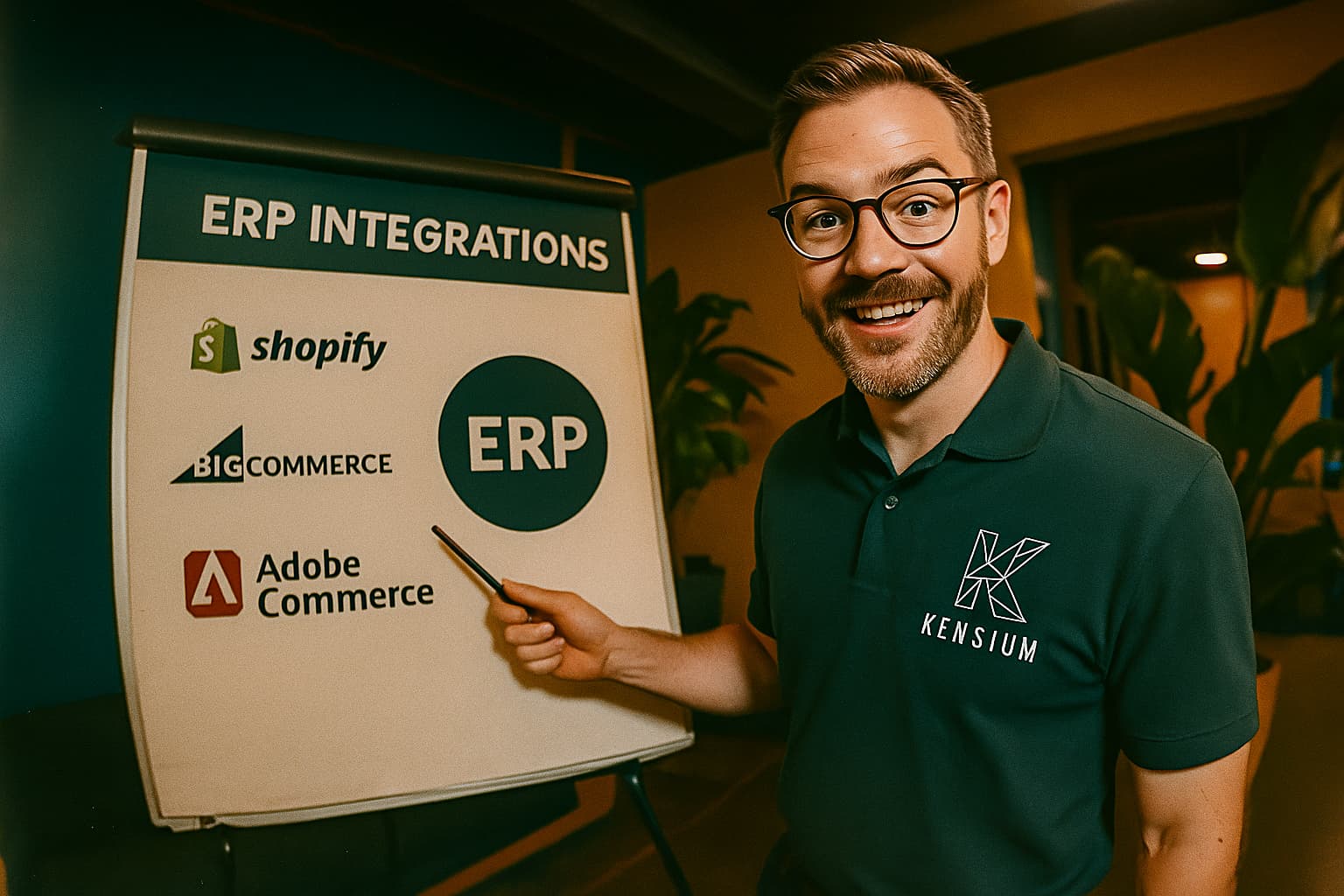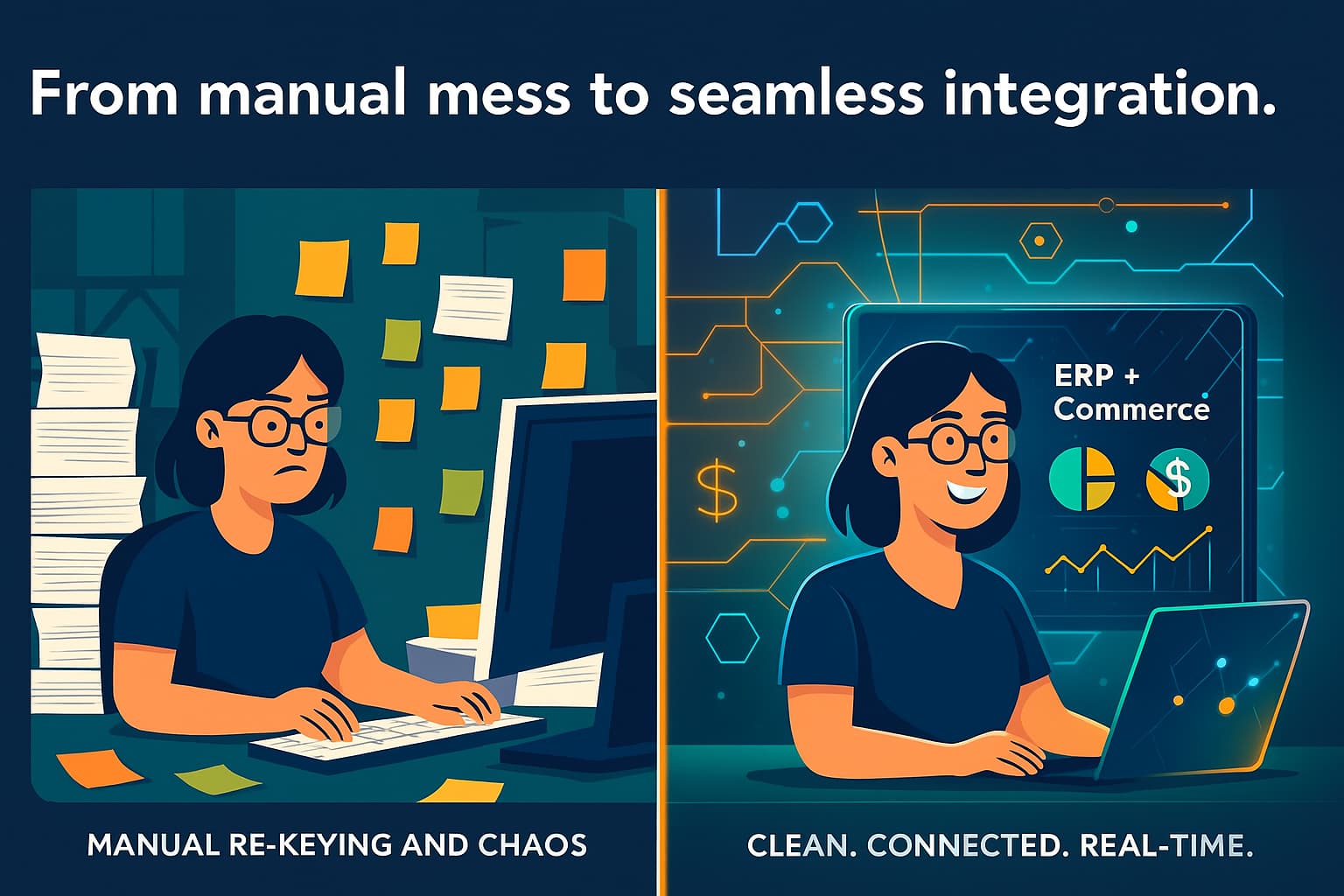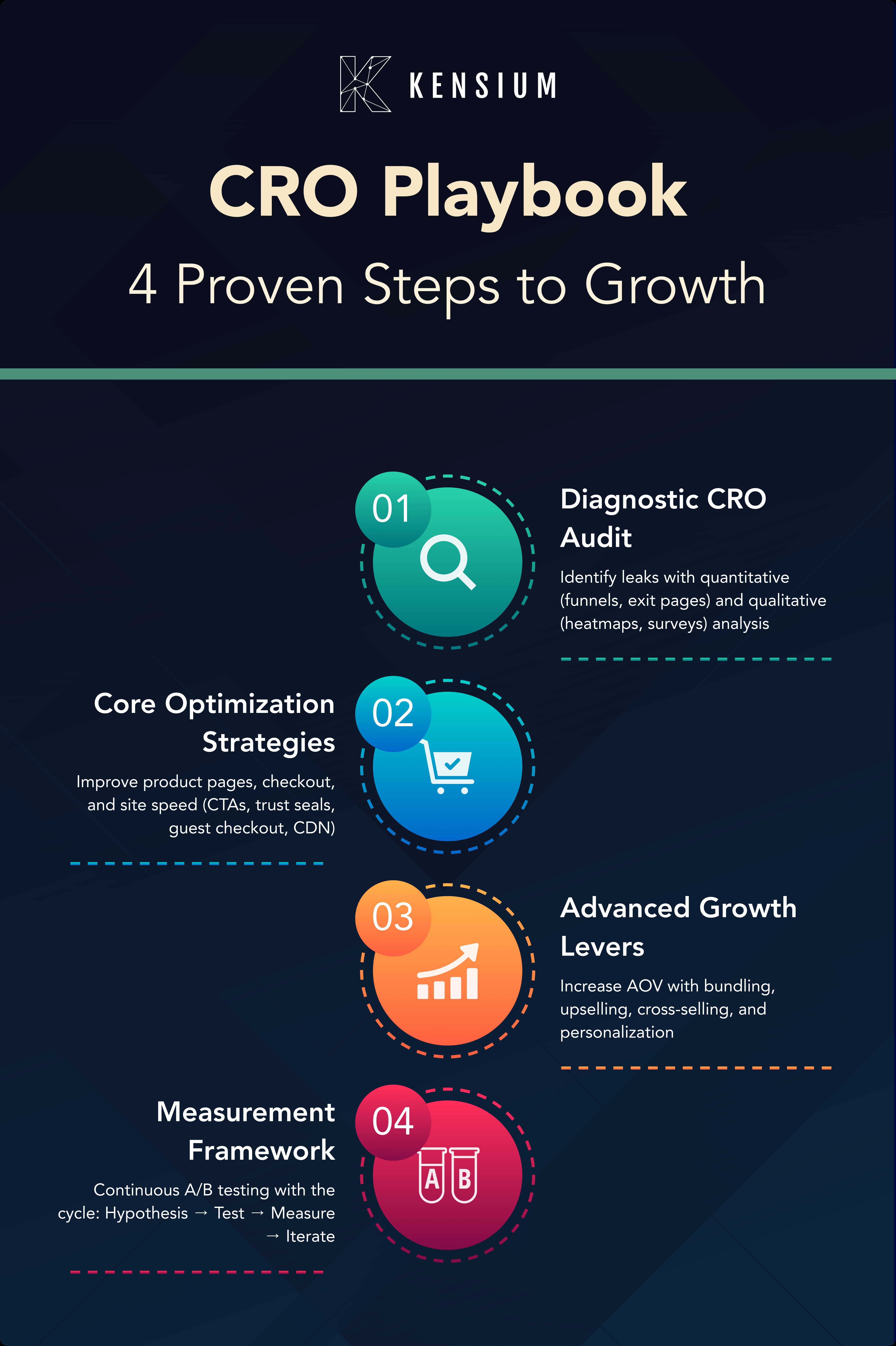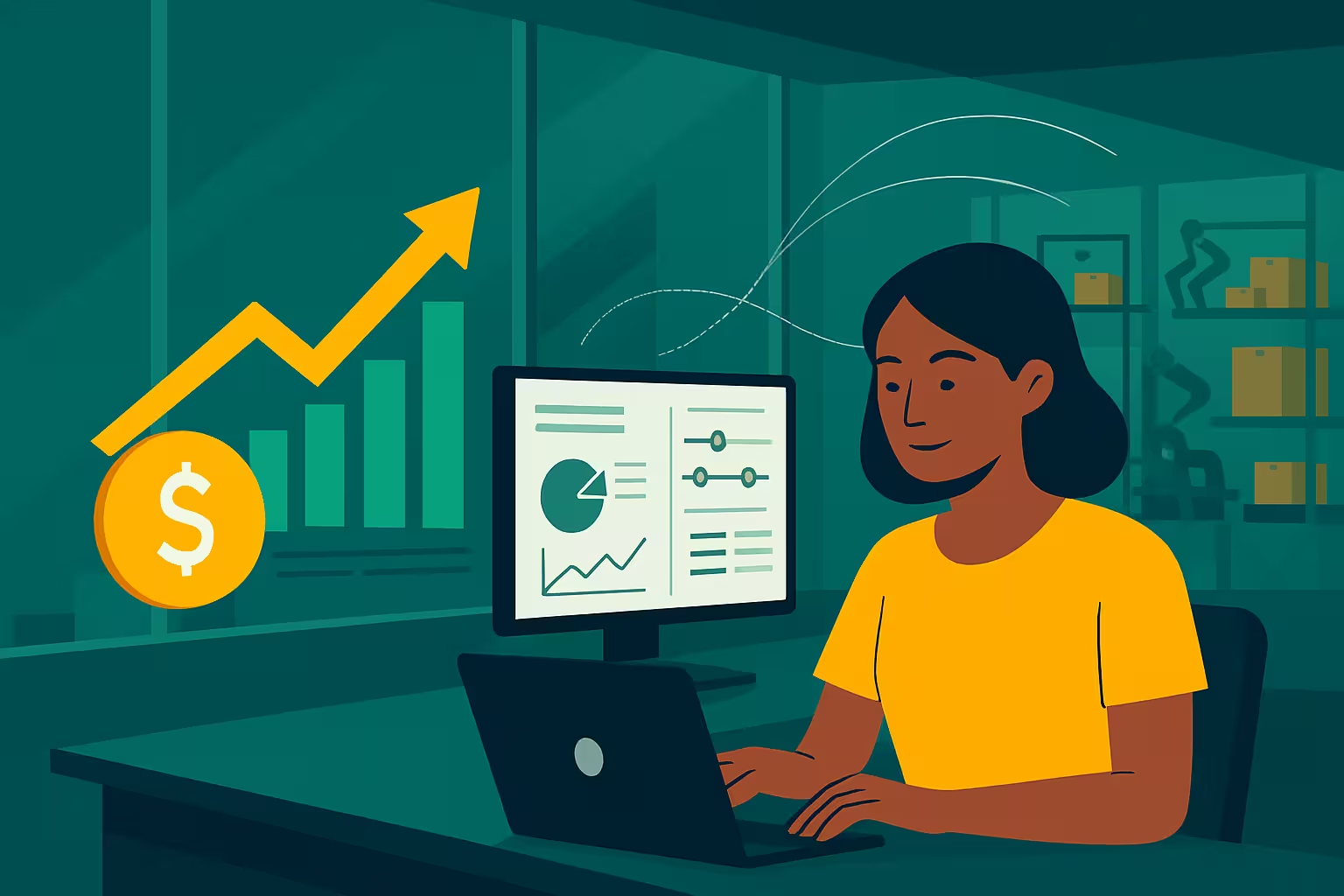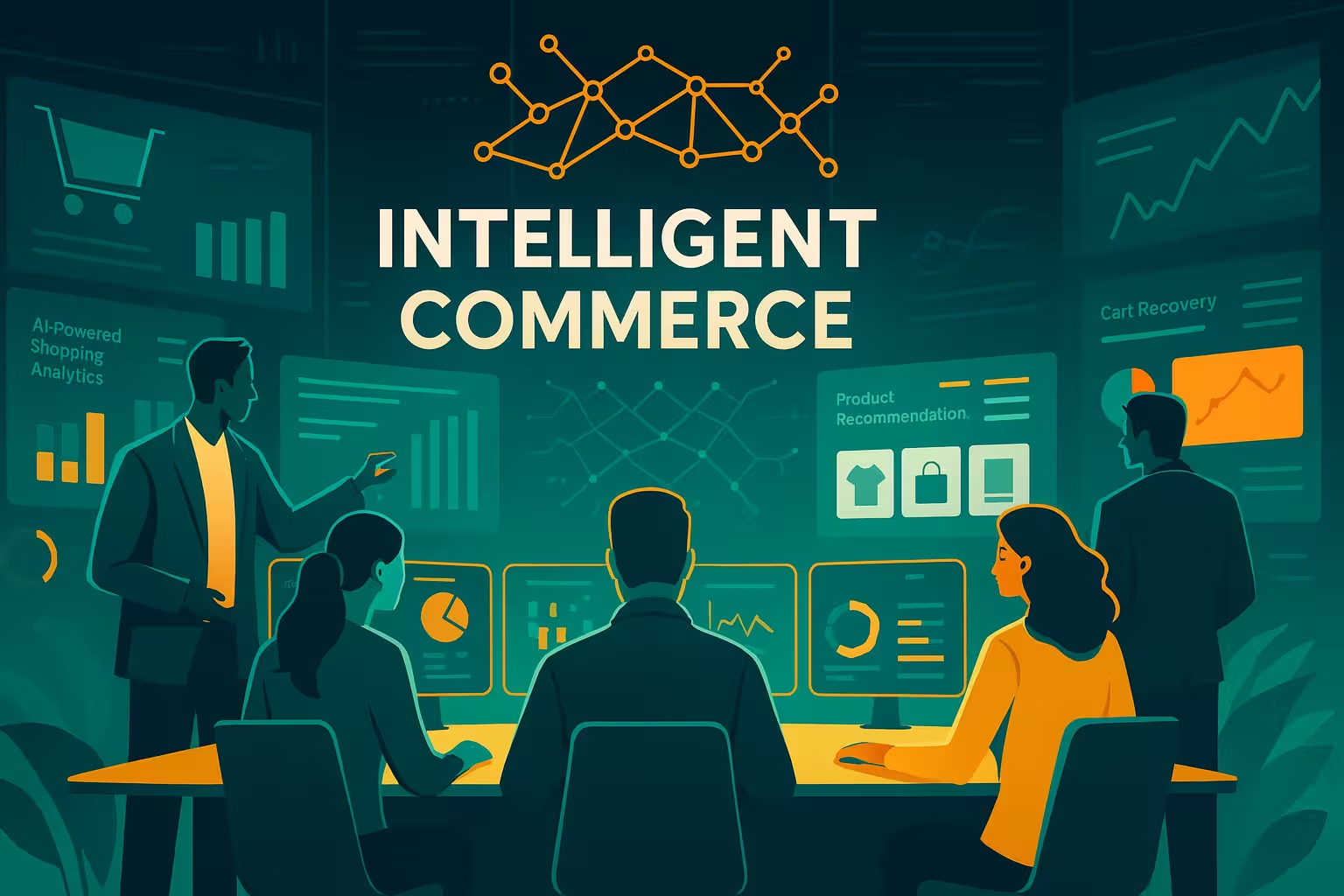
If you have ever been to a retail store or purchased a car, you are familiar with the transactional sales model. This model is focused on customer acquisition and making one-time sales. The science in this model revolves around the volume of sales and how to get a customer to purchase with the lowest acquisition cost. Customer loyalty is not a focus here as there is no monetary benefit for focusing on customer loyalty for the company selling the product or service using this model.
Movies
Everyone remembers movie stores like Blockbuster. It is probably the most widely used and classic example of a transactional business model and a business/industry that is now all but a memory of middle-aged adults’ childhoods. The premise was simple; you go into the store, browse the selection of available VHSs or DVDs (depending on how far back you go), chat with the clerk, and check out the movie like a library book. You were buying time to use the movie or later games.
Cars
Going to the car lot and looking at a car, then purchasing a vehicle is as cut-and-dry of an example of the traditional transactional business model for a product as you may get. The approach is all about customer acquisition. A car company will advertise their business, jazz up their lot so that you notice them when you drive by, and then they will real you in with all kinds of “one-time-only discounts.” Their goal isn’t to retain you as a customer by purchasing a car. Instead, they aim to sell you and as many other people as possible a car. Many car companies reward sales volume and market it when trying to convince customers of a sale.
Subscription Models
If you grew up in any decade before the 2000s, as I did, subscriptions were limited to Magazines and the Disney DVD Club. Today subscriptions have made their way into every part of our lives, including our refrigerators, and even have become “smart” with the introduction of AI into the subscription space.
What Is The Subscription Business Model?
At its core, the subscription business model abandons the one-time upfront cost of a good or service and instead focuses on long-term agreements to pay for access to products and services. As a result, the subscription model aims to create a more digestible payment option focused on long-term customer retention, loyalty, and recurring revenue. In contrast, traditional sales models typically require a higher upfront cost and are focused on the immediate sale, not the longevity of the customer relationship.
Food
A staple for living. The food industry was very transactional, for the most part, until recently. This is a great example of an industry, and type of product, that surprised and captivated many people when it was introduced as a subscription.
As a child, you probably heard your parents say, “Who wants to do the food shopping this week?” It was a dreaded task. Why? Long lines, irate customers, loud children. There was little to be desired.
Now, you can go online, set up a recurring grocery list, or purchase a “mystery box” and only must worry about putting the groceries away when they arrive at your door. The act of “going grocery shopping” can be something that you say, “remember when,” or that you do when you desire that type of social interaction or an immediate ingredient that Amazon can’t deliver the same day.

Software
Microsoft, the software giant, made billions off transactional sales of their numerous software products that ran many of our computers growing up and even today. They were a titan of their industry. They could charge what they wanted, and the consumer didn’t have much choice. It was great for them but was not a good experience for the consumer. When a new software version came out, you had to buy the latest version, sometimes yearly. So, the software cost was nearly prohibitive, but you also had to absorb that cost regularly if you wanted to keep up with the latest features.
More recently, software entered the subscription-based business model. It has been nothing short of glorious if I say so myself. Today, you subscribe for access to software and pay it over time instead of going into a store and making a large purchase. And Microsoft, a historical transaction software sales company, followed suit with its subscription services.
Almost There…
I want to digress a bit and go back to Blockbuster. But I won’t be satisfied if I don’t give a bit more information about my sadness with how it “went away.” Because they were almost there… And I truly enjoyed the movie store environment.
While Blockbuster is used as a classic example of a business killed by a subscription-based model, it was not a one-for-one exchange. For me, Blockbuster, and other similar rental companies, were very close to being on the verge of pioneering this space for their industries. Unfortunately, they just needed to break away from tradition and realize the evolution of their business, and they couldn’t do it. They needed to move away from the thought of “…but I could make more sales on each customer” and instead move to think, “…I can make a consistent sale off each customer, every month, whether they decide to pick up a movie or game or not”. In a not yet tested model, this decision may not have been as clear-cut as it might be today.
E-Commerce And Subscriptions
Over the last 30 years, there has been a shift from traditional brick-and-mortar stores to online-based retail businesses [e-commerce]. The idea of the shift was to make “local” products available to anyone, anywhere. With this shift came issues such as shipping, state-specific tax laws, state restrictions on goods sold, etc. However, this shift also came with innovation in how the products are sold and what the customer means to the products and brand. Nowadays, you can buy just about everything online. It was convenient, but convenience is evolutionary, and just purchasing online wasn’t enough. The latest trend in e-commerce convenience is subscriptions. We are seeing this trend translate to consumer goods, services, and software to run our businesses and computers.

Exploring The Benefits Of Subscriptions
To fully understand what we are moving towards subscriptions in just about every facet of our lives, let’s talk about the benefits of the subscription sales model. We have alluded to multiple benefits previously. Let’s round those up and then talk about a few more specific to E-commerce stores and online sales.
General Subscription Benefits
Though not exhaustive lists, here are my thoughts on some of the benefits of the subscription-based sales model
For The Retailer
- Lower cost of customer acquisition
- Focus can be shifted to customer satisfaction and rewards rather than acquisition and “one-time-only deals.”
- Predictable revenue – Weekly, Monthly, Yearly, etc.
- Evolve products or services into tiers
- Data-driven offerings are introduced easily
- Supplemental offerings to increase subscriptions during slower months can be determined.
- It can reduce return rates as customers must cancel subscriptions if they are unsatisfied.
For The Consumer
- Lower cost of entry to use a product or service
- Retailers are focused on customer loyalty
- Often see discounts and comprehensive loyalty rewards programs
- Predictable spend
- Freedom of choice on tiered plans
- Quicker access to services and products
- Set it and forget it for services like food delivery and Ink
- Easier cancellation processes
Preparing For Subscription Sales
Preparing your business for a subscription-based model depends mainly on the service or product you offer. But some common success factors in subscription-based selling should be considered no matter what you are selling.
Suggested Success Factors For Consideration
Customer loyalty programs
- Your customers are committing to your product or service for a period. Reward them for how long they are with you. This will encourage the longevity of the customer relationship.
- Reward your customers for how many people they bring you as new customers. This encourages word-of-mouth promotion of your business, typically unsolicited and free of cost.
Support
- Customer support becomes critical in maintaining a long-term relationship with customers on a subscription basis. You are offering a product or service that can stop working.
- Offer support levels for your customers, which can be tiered like your services, product tiers, or product or service tiers. Allow them to choose how much or how little support they need.
Make The Product Or Service Easily Accessible And Installable (If It Is Software) On All Devices
Customers are used to moving from one device to the next. Therefore, support as many devices as possible if your product or service is software-related.
Ask For Feedback
- Customers are the only accurate measure of how successful you are in your product or service offering.
- Be willing to improve. Customers are your feedback for the improvement loop.
- They will also be your biggest critics online if customer service or product and service quality are poor.
Additional Suggestions For Being Successful
- Know your target audience and what they are willing to; pay and pay for
- Please don’t assume you know how much your customers will pay or what they are willing to pay. Do your research.
- Be passionate about what you sell or offer
- If you don’t love it, the customer will see that and react accordingly
- Think of ways to keep your customers engaged in your product, service, and brand
- Provide content
- Provide an opportunity for feedback
- Provide substantial documentation on your product or service
- Subscription-based models mean your customer is with you and your product or service for longer. If they are subscribed, they are with you.
- Give them away to self-help.
- Find ways to engage customers to offer updates, new services or products, and discounts.
- Newsletters, blog posts, personal calls, etc.
- Believe data over the assumption.
- Don’t just do your research. Also, find new ways to capture more and more data.
- Data is your friend, and it can guide you around pitfalls
- Data can tell you a story of what your customers do or do not want without you even having to ask them
What Is The Next Evolution In Sales?
This is an opinion based on what I have seen and heard. Here is what I think is very near to being our next experience.
Virtual Malls
As the Metaverse is being explored and expanded, this is becoming more of a reality. The idea is not novel, though, like virtual worlds, and even virtual currencies have been around since Second Life and the Linden currency.
Humanoid Virtual Assistants
Think of your own personal AI assistant bound to any site but attached to you!
Conclusion
From a high level, we have gone over what it means to be a business using the subscription-based sales model. I hope to have given you enough information to be dangerous and consider what may be next for your business as it explores utilizing subscriptions. If you are a consumer, I hope to have given you a sample of what to expect from established subscription-based services to help make your decisions a bit easier.








.png)








